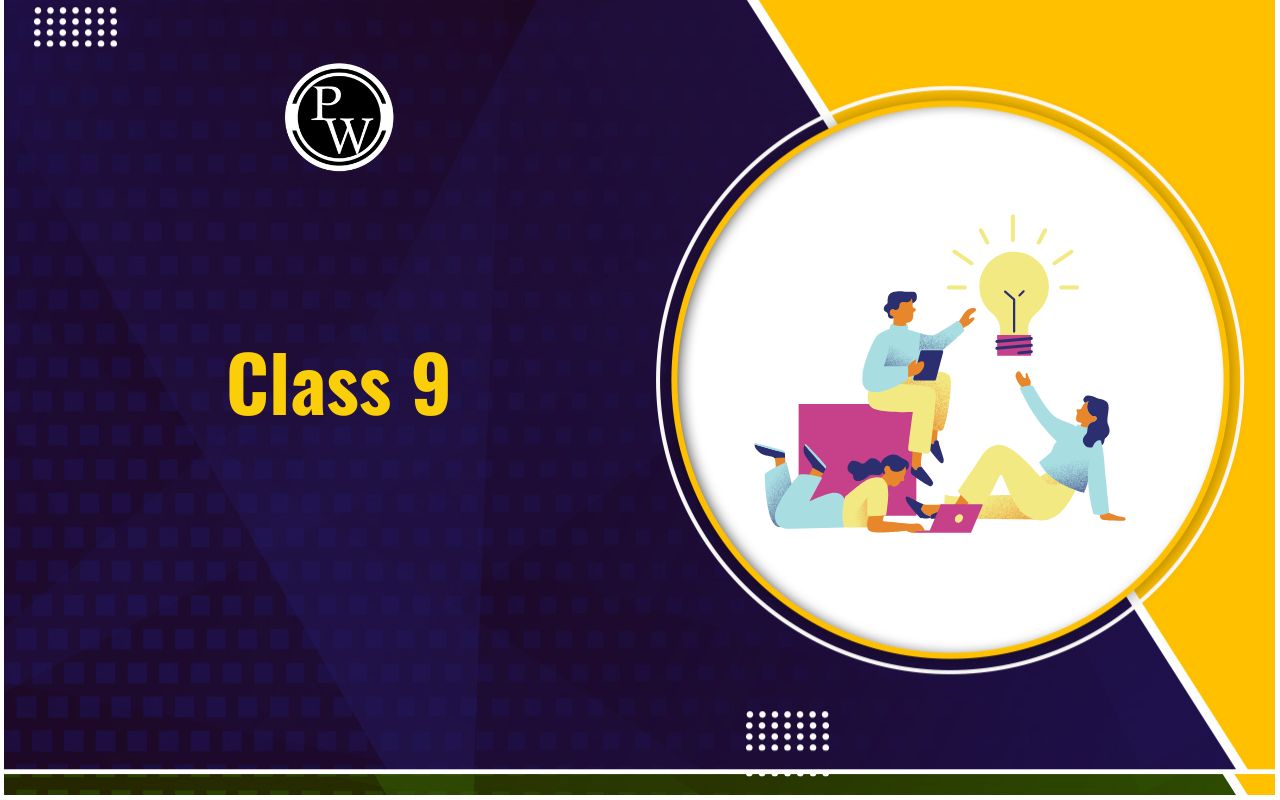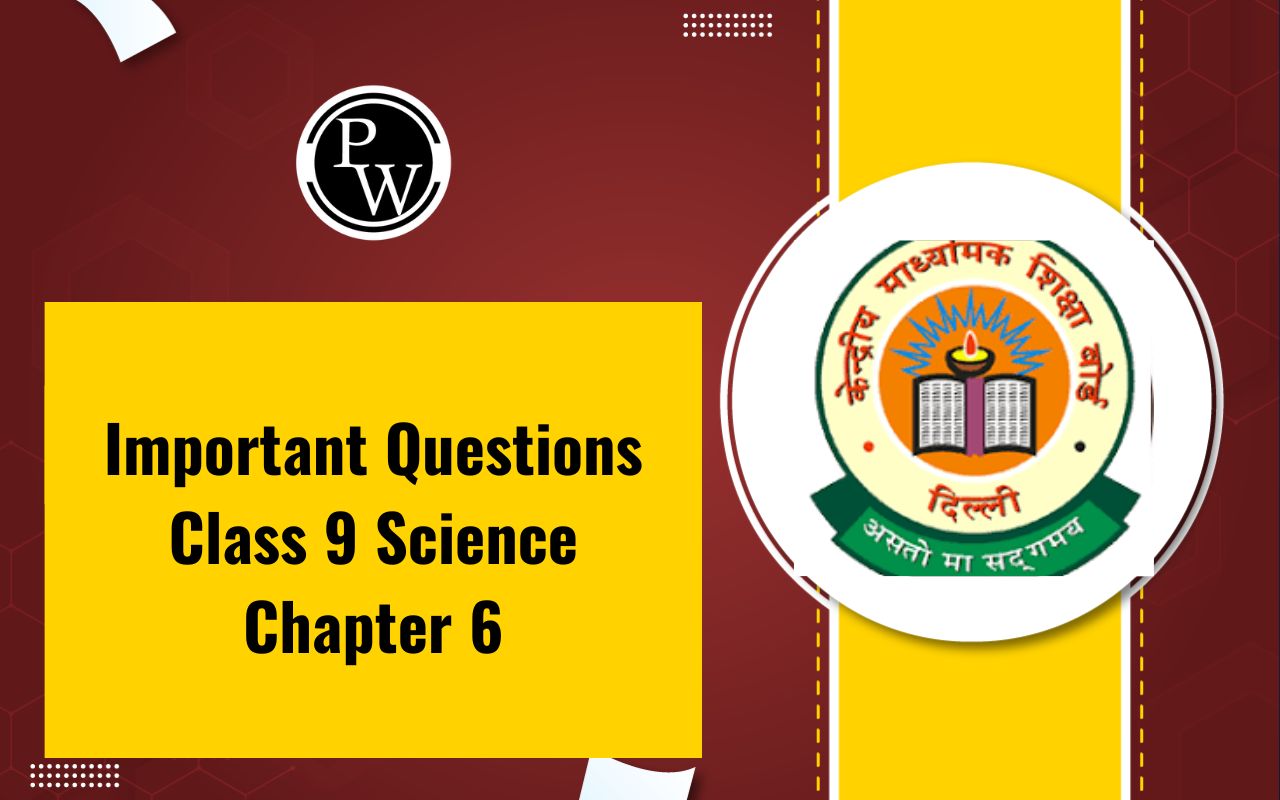
NCERT Solutions for Class 9 History Chapter 6: The focus of NCERT Solutions for Class 9 History Chapter 6, is the globalisation of farming methods. The chapter provides us with a wealth of historical details on the wheat growers in the USA, the opium farmers in Bengal, and the English farmers. Peasants and Farmers, a fascinating chapter to study in Class 9 History, details the gradual changes in agricultural practices.
NCERT Solutions Class 9 Social Science India and The Contemporary World Chapter 6 Peasants and Farmers are available for free download from here. You can use them as a reference for your work.NCERT Solutions for Class 9 History Chapter 6 PDF
Using the link, you can get the NCERT Solutions for Class 9 History Chapter 6 PDF. All of the chapter's exercises and problems have comprehensive answers available in this NCERT Solutions for Class 9 History Chapter 6 PDF. These answers are intended to make it easier and more accurate for students to comprehend and answer problems. Students can enhance their understanding of the chapter by consulting these NCERT Solutions for Class 9 History Chapter 6.NCERT Solutions for Class 9 History Chapter 6 PDF
NCERT Solutions for Class 9 History Chapter 6
Below we have provided NCERT Solutions for Class 9 History Chapter 6 Peasants and Farmers for the students to help them ace their examination.Q1. Explain Briefly What the Open Field System Meant to Rural People in Eighteenth Century England.
Look at the System From the Point of View Of:
(i) A Rich Farmer
Ans. Rich farmers desired to increase wool output as the price of the product rose. As a result, they began to privatise the best parts of the common land and open fields. This was done in order to provide good food for their sheep. They also started forcibly removing poorer farmers by denying them access to common land for grazing.
(ii) A Labourer
Ans. The common lands were vital to the poor labourers' existence. They used to live with landowners, performing a variety of odd chores in exchange for food, lodging, and a small wage. When the open field system was phased out, however, labourers were paid wages and only worked during harvest. This made them vulnerable to wealthy landowners and farmers.
(iii) A Peasant Woman
Ans. The open field system was a good way of community living for peasant women where everything was shared between the rich and the poor. They would graze their livestock, pick fruits, and gather firewood on the communal areas. However, the elimination of open fields had a negative impact on all of these activities, and thus affected their lives.
Q2. Explain Briefly the Factors Which Led to the Enclosures in England.
Ans. Following were the factors which led to enclosures in England-
- Enclosure in England was prompted by rising population and, as a result, rising demand for food grains and other goods.
- Increasing agricultural commodity prices, such as wool, wheat, milk, and fruits, also contributed in the promotion of enclosures in England.
- Food grain costs have risen as a result of industrialisation and military necessities, because they led to increasing need to enhance production.
- Enclosures were viewed as vital in the nineteenth century to make long-term investments in land and organise crop rotations to enhance soil.
- Enclosures also allowed for the expansion of land under their control and the production of goods for the market by the wealthier landowners.
Q3. Why Were Threshing Machines Opposed by the Poor in England?
Ans. The poor in England were opposed to threshing machines because they believed they would deprive workers of their livelihood. They believed that the use of technology would stimulate enclosure movement among the wealthier farmers and large landowners.
The commons would be divided between wealthy farmers and poor farmers, labourers, and peasant women, who would have to compete for work or be jobless.
Q4. Who Was Captain Swing? What Did the Name Symbolise or Represent?
Ans. Captain Swing was a mythic name which appeared in threatening letters made by labourers opposing the use of threshing machines by wealthy farmers.
The name represented labourers' anger or dissatisfaction with the usage of threshing machines by wealthy farmers or large landowners.
Q5. What Was the Impact of the Westward Expansion of Settlers in the USA?
Ans. The westward expansion of settlers in the United States resulted in the destruction of American Indians who were forced westward, down the Mississippi River, and then even further west. They fought back but were overpowered; their towns were burned to the ground, and their animals were slaughtered.
In addition, when land was cultivated for agricultural purposes, all grass and trees were demolished. This resulted in devastating dust storms and blizzards in the 1930s, resulting in a great deal of death and destruction.
Q6. What Were the Advantages and Disadvantages of the Use of Mechanical Harvesting Machines in the USA?
Ans. Following were the advantages of using mechanical harvesting machines-
- Wheat was in great demand and at a high price. Farmers could quickly clear tracts, break up the soil, remove the grass, and prepare the field for agriculture with these new devices.
- The work could be completed in a shorter amount of time and with fewer workers.
- Four workers could plough, sow, and harvest 2,000 to 4,000 acres of wheat in a season using power-driven gear.
There were disadvantages of using mechanical harvesting machines for the poorer farmers. They were removed from their jobs and were unable to support themselves.
Many of them purchased these machines as well, but it harmed them because the machines were expensive, and as demand peaked, there was plenty surplus grain in the market. Farmers needed to repay the bank loans they had taken out to purchase this machinery, but they lacked the funds to do so.
Q7. What Lessons Can We Draw from the Conversion of the Countryside in the USA From a Breadbasket to a Dust Bowl?
Ans. The Dust Bowl was caused by the development of wheat production in the Great Plains. The American dream of a prosperous land has become a nightmare.
We need to learn something from this. Land usage is beneficial, while excessive land use is detrimental. We must recognise that land is a valuable natural resource that must be protected and conserved. It acts as a warning against the economic exploitation of land, which only leads to degradation and depletion.
This has far-reaching repercussions. We must recognise the need of respecting each region's ecological conditions, working for sustainable development, and caring for our planet.
Q8. Write a Paragraph on Why the British Insisted on Farmers Growing Opium in India.
Ans. The British forced farmers to produce opium in India in order to balance their commerce with China. Tea became highly popular in England, and by 1830, China had imported over 30 million pounds of tea. Only bullion could be used to purchase tea from China. As a result, England had nothing to give the Chinese in exchange for tea except money. Opium was once widely utilised in Chinese medicine, but it was banned due to its addictive properties.
By 1839, there were an estimated 12 million opium smokers in China, thanks to the British's illegal opium trade. All of the opium provided came from India, and it was a convenient and inexpensive way to pay for the tea brought from China.
Q9. Why Were Indian Farmers Reluctant to Grow Opium?
Ans. The Indian farmers were reluctant to grow opium because of the following reasons-
- The crop had to be planted on the best land possible, on fields that were close to villages and well-manured.
- Pulses were traditionally grown on this land. If opium were cultivated on fertile, well-manured soil, pulses would have to be grown on less fertile land, resulting in lower yields in both quality and quantity.
- Opium cultivation was tough and time-consuming because the plants needed to be cared for. As a result, the growers would have less time to care for their other crops.
- The farmers were required to pay the landlords rent for their land. The rent was exorbitant. The cultivators did not own any land.
- Ultimately, the government's price for opium production was extremely low, leaving the farmers with no profit.
| CBSE Class 9 Maths Syllabus | CBSE Class 9 Science Syllabus |
| CBSE Class 9 Computer Application Syllabus | CBSE Class 9 Hindi Syllabus A |
| CBSE Class 9 English Syllabus | CBSE Class 9 Social Science Syllabus |
NCERT Solutions for Class 9 History Chapter 6 FAQs
Who are peasants Class 9?
What is the father of history?
Who was pastoralists class 9?










